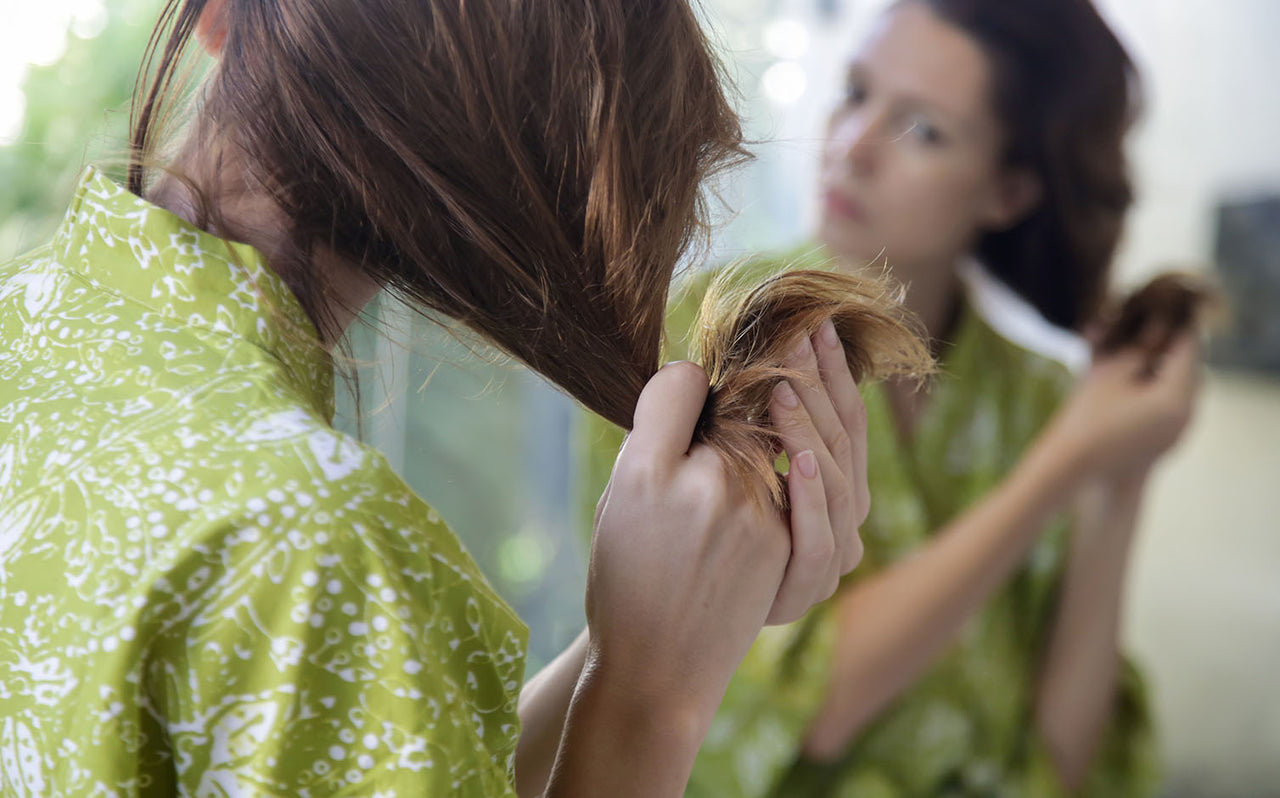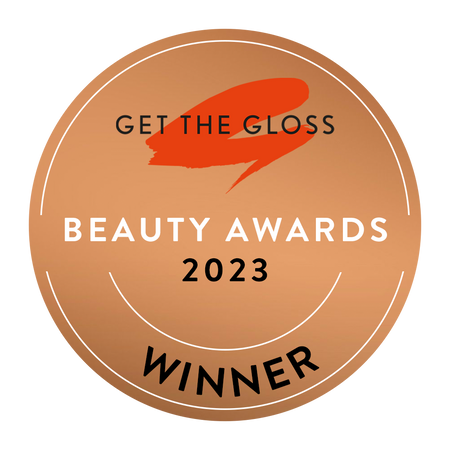What is hair?
You might think this is a simple question; hair is, well, hair. We know that you know what hair is, but do you know what hair’s made from, and what happens to the hair when it gets damaged?
Your hair is made out of three layers: the core called a medulla; the cortex, and the cuticle. It’s the last two parts that can get damaged if not treated right. Usually, the cuticle keeps hair protected. It’s a hard layer of keratin, and under a microscope, it looks almost like scales on a snake. The cortex is the main body of your hair, it contains melanin pigments to provide colour to your hair. Without the cuticle to protect it, the cortex on its own is brittle, and can break easily. Ordinarily, your cuticles will support your hair just fine, giving it shine and flexibility. But if the cuticle is damaged, the cortex can be exposed, and this can lead to all sorts of problems down the line.

Your body can’t repair hair once it’s damaged. As all hair is technically made from dead cells, it can’t be regenerated after damage, so it’s up to you to keep your cuticles protected and to take care of your hair.
How can hair get damaged?
Hair’s tough stuff; it can go through a lot of conditions and weather types and still keep on keeping on, but that doesn’t mean that hair is invincible. If the cuticle is damaged and the cortex is exposed, a lot of damage can happen. Here’s a shortlist of some of the most common types of hair damage and how best you can sort them out:
Heat Damage
The quickest way for hair cuticles to be damaged is through heat and lots of it. Once you hit above 200 degrees celsius, the protein of the keratin cells that make up your cuticles start to melt, and when they cool down they’ll stay in their melted shape for good. You can be exposed to this kind of heat over a long term period, especially if you use a blow dryer for long periods of time.

You can tell if your hair is heat damaged by the feel of it. Next time you take a shower, take a hair of yours and stretch it. If it’s flexible and stretchy, but retains its length and shape, your hair’s all good to go. However, if it snaps or breaks when you apply pressure to it, that means there’s been some damage.
Chemical Damage
Hair can also get damaged by chemical exposure, especially when bleaching or dyeing hair. Chlorine is a big cause of chemical damage to hair, and when done in tandem with damaging sources of heat it can turn your hair brittle and fragile.
Bleaching your hair can permanently damage it as well. As bleaching products work by directly breaking down the pigment molecules in the hair cortex, this can result in your hair becoming easier to break.

Split Ends
Split ends can happen when the cuticle is damaged. The cortex, unable to support itself, starts to “split”, and over time this split can travel down the length of the follicle, causing some serious damage. The best way to resolve a split is the easiest way - cut the split tips off with a pair of scissors before they can travel down the length of the hair.
Dry Hair
Ordinarily, hair that’s dry will be able to retain a little bit of moisture. Sometimes, the hair can lose the ability to retain moisture and fully dries out. In this state, your hair can get damaged easier than usual, and it can frizz up.
We recommend that you take steps to re-moisturise your hair and the perfect thing for it is some organic coconut oil. Massage it into your locks with the help of our Tangle Teezer brushes, and let it do its thing.
If you’re really concerned about how your hair’s drying up, we say to cut down on heat exposure and remember, diet is one of the key parts of maintaining your hair. Omega-3 are one of the key fatty acids essential to keeping your hair in top shape so make sure you’re getting enough through the foods you eat or the supplements you take.
Tangles & Knots
Tangles and knots are damage we know all too well. If left unattended, your mane can become a maniacal thing to sort out as it knots and tangles up. If you come across this, don’t panic! Be gentle with your hair. Take time with it and gently tease out the knots. Our brushes are the perfect tool for the job, expertly designed to help untangle the heaviest knots.
How Tangle Teezer can help
When hair damage has got you down, don’t despair, our hairbrushes are the perfect thing to put some sparkle and shine back into your locks.
Our classic Detangling Brush will sort out any tangles and knots in your hair with no stress and no fuss. With some simple brushing, your hair will be back in top shape in no time. If you’re concerned about damaged hair, our Fine & Fragile Detangler is easier on your hair, meaning no extra damage or loss to your hair.

For those looking to get your hair back to its old, moisture-happy self, our scalp massager will help you work in those products you need directly onto the scalp. Here’s a fact: did you know that regular scalp massages can help your hair grow back thicker than before?
Our Ultimate Blow-Dry brush is designed to help you cut down on your frizz and blow-drying time, meaning less heat. Result!












